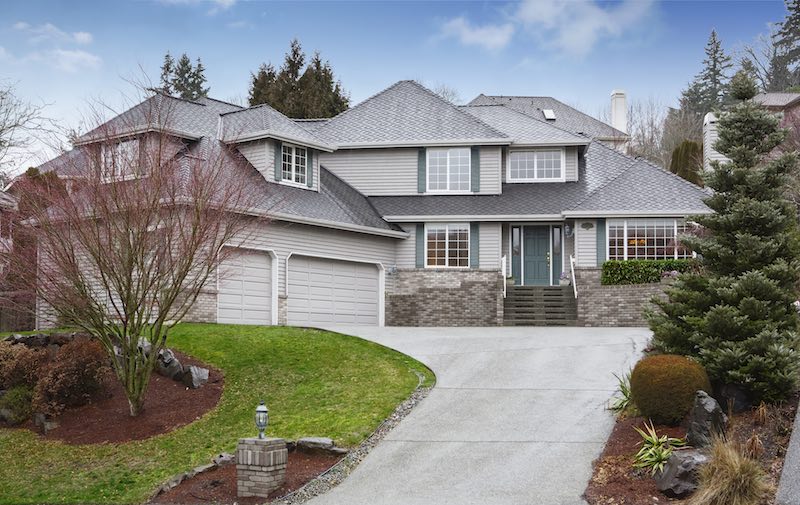
With dozens of companies to choose from for home insurance, confusing jargon and complex contracts that look more like law school textbooks than policies, it can be a real challenge to know which company deserves your business.
But shopping for home insurance doesn’t have to be difficult. Not if you know what to look for. Use this simple guide to determine which home insurance policy is right for you.
Customer service beats price
Buying home insurance isn’t like paying your taxes. The point isn’t to pay as little as possible. It’s to protect your financial well-being against disaster.
This means that buying coverage with a company known for paying out on its claims is vital. There’s no point in saving $100 per year now and then being stuck fighting for months to settle a claim when your back is against the wall.
Shop around for a better deal but know that the lowest price is likely not always the best value. We suggest researching which providers feature top customer service ratings and then compare between these companies.
Replacement cost or cash value?
Those new to buying home insurance find this distinction to be confusing–but since many providers let you choose one or the other, it’s important to understand the difference.
Let’s look at a simple example:
Say your home burns down and all of your possessions are destroyed. If a computer you paid $1,000 for 4 years ago is covered for its replacement cost, the insurance company will cut you a check for whatever it takes to buy you a similar computer now. If the same computer is covered for actual cash value and a 4 year old computer is worth $150, you will only get $150.
This example isn’t meant to imply that replacement cost is “better,” just that it is different. After all, a lower level of coverage will carry a lower premium.
Check for exclusions
Assuming that all policies cover the exact same hazards is a recipe for disaster. When determining whether your coverage is adequate, always run through the list of exclusions so that you understand under which circumstances you would not be able to file a claim.
Here are commonly excluded hazards:
- Earthquakes
- Hurricanes
- Flooding
- Sump-pump failure
- Forced upgrades from updated building codes
- Burst pipes from freezing (coverage may be voided if you do not take precautions to prevent pipes from freezing)
- Swimming pools and hot tubs
Bear in mind that additional policies and endorsements can be purchased to include coverage for these hazards.
Can you afford the deductible?
Changing your deductible is a great way to lower the price of your premium but when comparing policies, never purchase a plan with a deductible so high that you wouldn’t be able to afford it should disaster strike.
Ask about discounts
Installing deadbolt locks or a security system are common strategies for lowering your premium. Some companies cut your rate if you replace your roof or purchase auto insurance in conjunction with your home coverage.
Check your liability coverage
In today’s litigious society, it can be a smart move to up the limits on your personal liability coverage. Opting for the bare minimum puts you at risk of losing other assets in the event of a lawsuit resulting from an accident on your property.
If you need some advice on the best home insurance for your unique situation, contact John B Wright today.

Leave a Reply